Marvel’s Mighty Legacy: 80 Years of Iconic Characters, Legendary Creators, and Cinematic Dominance
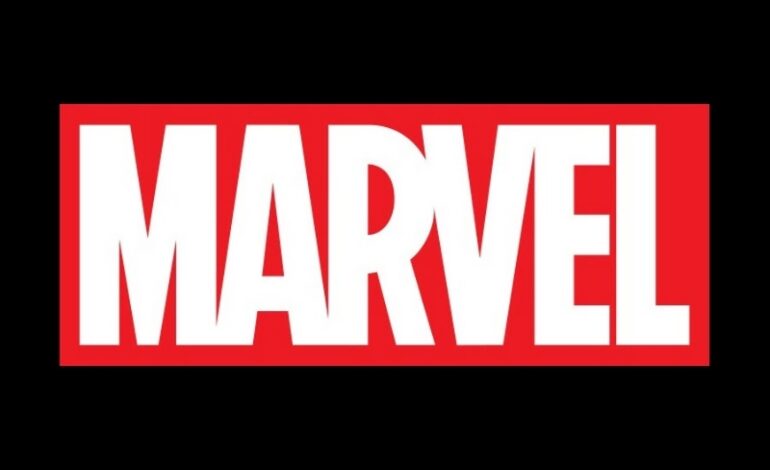
Marvel’s Storied History
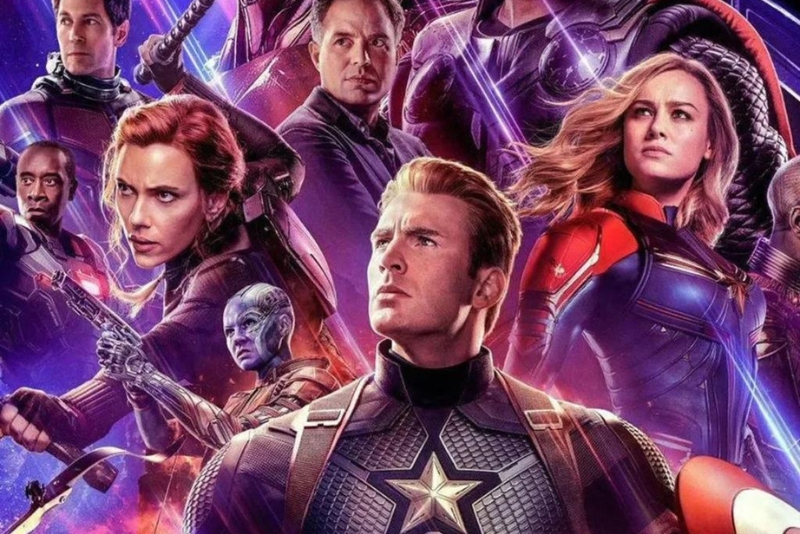
Marvel Comics has a rich and storied history that spans over 80 years. The company was founded in 1939 as Timely Comics, a small publisher of comic books and magazine-style pulp fiction. In those early days, Timely found modest success with characters like the patriotic superhero Captain America, the fiery android the Human Torch, and the undersea monarch Sub-Mariner.
In the 1950s, as the comic book industry weathered a crisis, Timely was forced to adapt, changing its name to Atlas Comics. During this period, the company focused more on genres like horror, science fiction, and romance, moving away from the superhero fare that had previously defined it.
It wasn’t until the early 1960s that the company, now operating under the name Marvel Comics, truly came into its own. Spearheaded by the creative team of writer Stan Lee and artists Jack Kirby and Steve Ditko, Marvel ushered in a new era of superhero storytelling that would go on to redefine the genre.
The “Marvel Age of Comics”
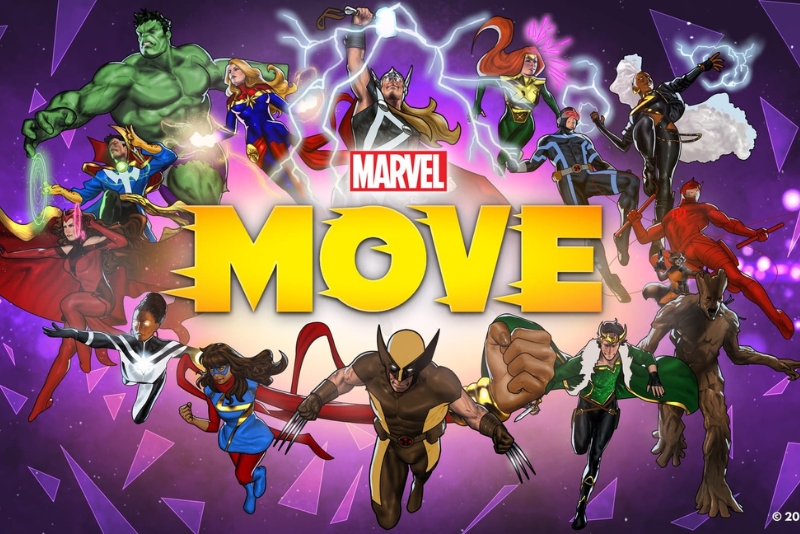
The 1960s are considered the “Marvel Age of Comics,” as Lee, Kirby, and Ditko collaborated to create some of the most iconic comic book characters of all time. This includes Spider-Man, the Incredible Hulk, Thor, Iron Man, the Fantastic Four, and the X-Men.
Unlike the noble, square-jawed heroes of DC Comics, Marvel’s protagonists were flawed, relatable individuals who struggled with real-world problems and emotional complexities. Peter Parker, for example, was a socially awkward teenager who had to balance his superhero duties with the challenges of high school life. The Fantastic Four bickered and disagreed, their familial dynamics adding depth to their heroic adventures.
This focus on character development and nuanced storytelling, coupled with Lee’s signature wit and Kirby and Ditko’s dynamic artwork, helped make Marvel the dominant force in the comic book industry throughout the 1960s and 1970s. Characters like Spider-Man and the X-Men, in particular, became cultural phenomena, spawning animated series, merchandise, and a passionate fan base that endures to this day.
Expansion and Acquisition
As Marvel continued to grow in the following decades, the company underwent several changes in ownership and corporate structure. In 1968, it was purchased by pulp magazine publisher Martin Goodman, who renamed the parent company Marvel Comics Group. A decade later, in 1986, Marvel was sold to New World Pictures, a film and television production company.
Marvel’s most significant acquisition came in 2009, when it was purchased by The Walt Disney Company for $4.24 billion. This move not only bolstered Marvel’s financial resources but also paved the way for its characters and stories to be integrated into Disney’s vast media empire, including its theme parks, consumer products, and most notably, its film and television studios.
Their Cinematic Universe
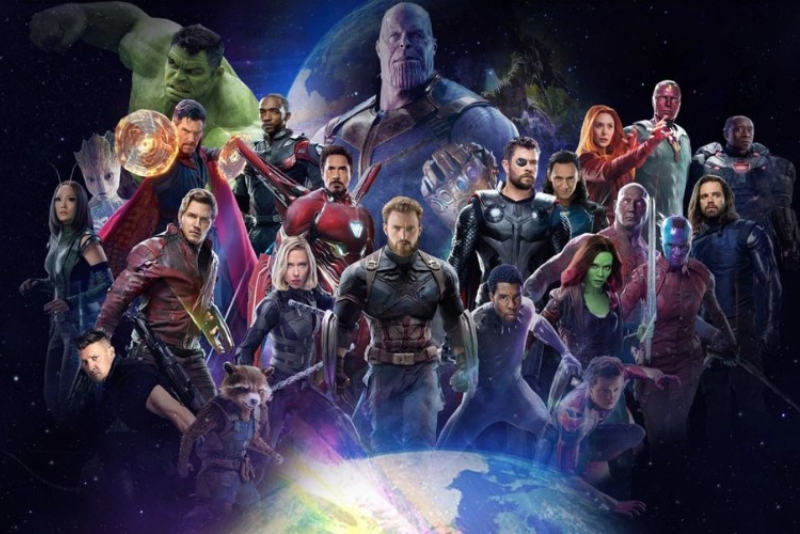
The Disney acquisition proved to be a transformative moment for Marvel, as it ushered in the era of the Marvel Cinematic Universe (MCU). Launched in 2008 with the release of Iron Man, the MCU has grown into the most successful film franchise of all time, grossing over $22 billion worldwide.
Under the creative leadership of producer Kevin Feige, the MCU has woven together multiple superhero characters and storylines into a cohesive, interconnected narrative across dozens of films, TV shows, and short films. This approach, which allows secondary characters to appear in each other’s stories, has been a key driver of the MCU’s success, fostering a sense of anticipation and excitement among fans as they wait to see how these various threads will converge.
The MCU has also been praised for its diverse representation, with films like Black Panther and Shang-Chi and the Legend of the Ten Rings featuring predominantly non-white casts and exploring cultural themes that had rarely been seen in mainstream superhero movies. This has helped expand the appeal of Marvel’s characters and stories to a wider, more global audience.
The Impressive Roster of Talent
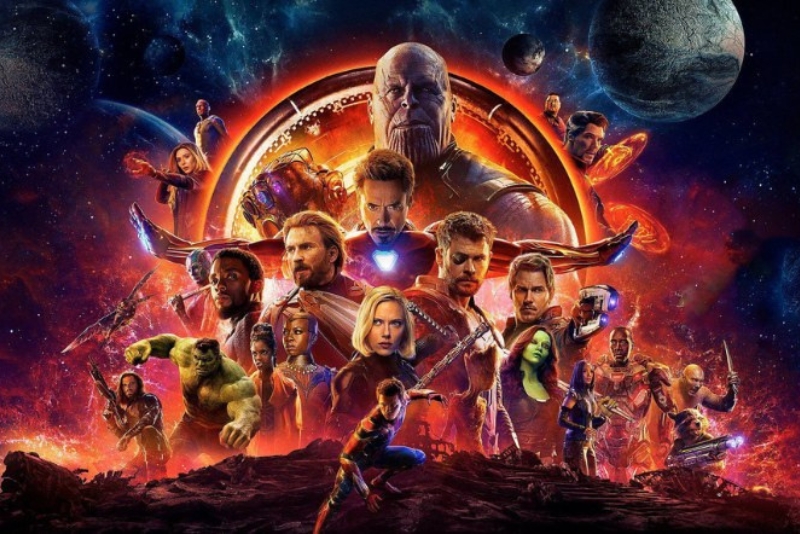
Marvel’s success, both in comics and on the big screen, can be attributed to the impressive array of creative talent that has contributed to its stories over the years. In addition to the legendary Stan Lee, Jack Kirby, and Steve Ditko, Marvel has drawn from a deep well of acclaimed writers, artists, and editors.
Chris Claremont, for example, is widely regarded as one of the most influential comic book writers of all time, thanks to his acclaimed 17-year run on the X-Men titles. During his tenure, Claremont not only developed complex, multi-layered storylines but also expanded the X-Men’s roster, introducing iconic characters like Wolverine, Storm, and Gambit.
Similarly, writers like Brian Michael Bendis, Jonathan Hickman, and Jason Aaron have all left an indelible mark on the Marvel Universe, crafting epic sagas that have shaped the direction of the company’s comics and, by extension, the MCU.
On the visual side, artists like John Romita Sr., John Buscema, and George Pérez have contributed iconic interpretations of Marvel’s characters, while contemporary talents like Stuart Immonen, Sara Pichelli, and Esad Ribić have brought a fresh, modern sensibility to the company’s artwork.
Marvel’s success has also extended to the realm of live-action adaptations, where the company has assembled an impressive roster of acting talent. Robert Downey Jr.’s career-defining performance as Iron Man, for instance, has become synonymous with the character, while Chris Evans, Chris Hemsworth, and Scarlett Johansson have all embodied their respective superhero roles with equal distinction.
The Future
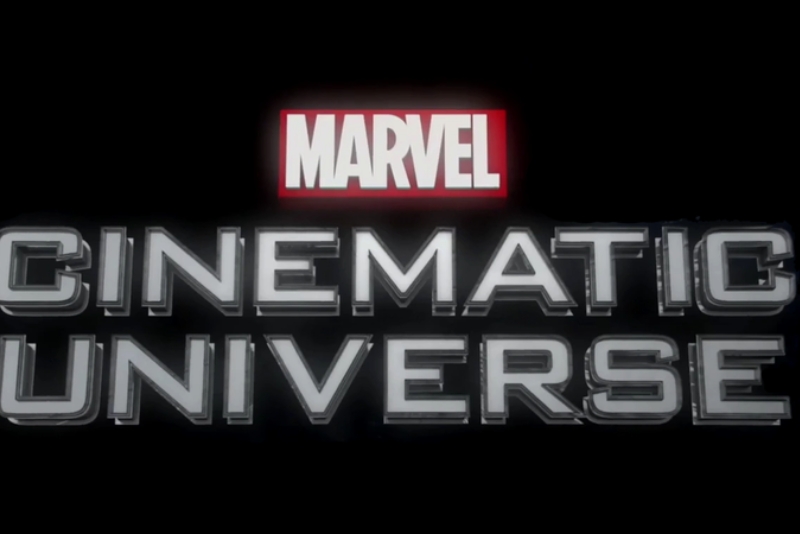
As Marvel looks to the future, the company shows no signs of slowing down. With the continued expansion of the MCU, the introduction of new characters and storylines in the comics, and the potential for further acquisitions and collaborations under Disney’s ownership, Marvel’s influence on popular culture shows no signs of waning.
Recent years have seen the company delve deeper into the realms of television and streaming, with acclaimed series like WandaVision, Loki, and She-Hulk: Attorney at Law further enhancing the interconnectivity of the MCU. Meanwhile, the comics division continues to push the boundaries of the medium, tackling contemporary social and political issues while also exploring bold, experimental narrative approaches.
As Marvel celebrates its 80th anniversary, the company’s legacy as a creative powerhouse and cultural touchstone is secure. From its humble beginnings as a pulp magazine publisher to its current status as a global entertainment juggernaut, Marvel has consistently demonstrated an unparalleled ability to captivate audiences and inspire new generations of storytellers. Whatever the future may hold, it’s clear that the Marvel name will continue to loom large in the world of comics, film, and beyond.


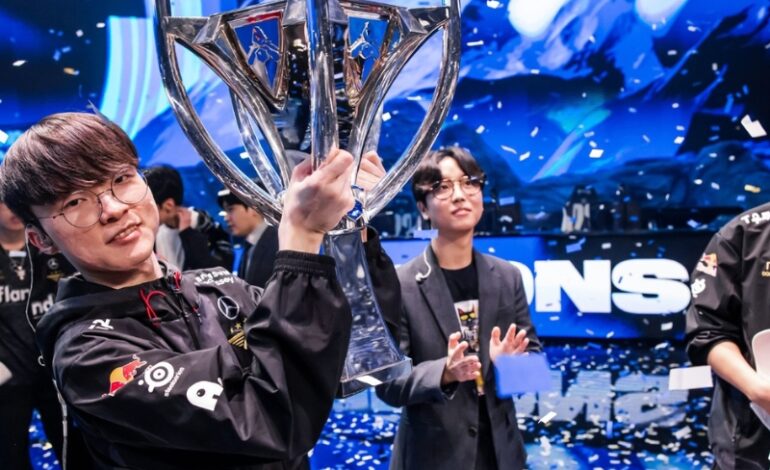





![Top 5 Most Powerful Mysterious Creatures Of All Time[Updated 2024]](https://newsdailybeats.com/wp-content/uploads/2024/06/mystery-creatures-1.jpg)
